


Luis Corselli was left needing the toilet every 15 minutes after his bladder became the size of a 'shot glass'
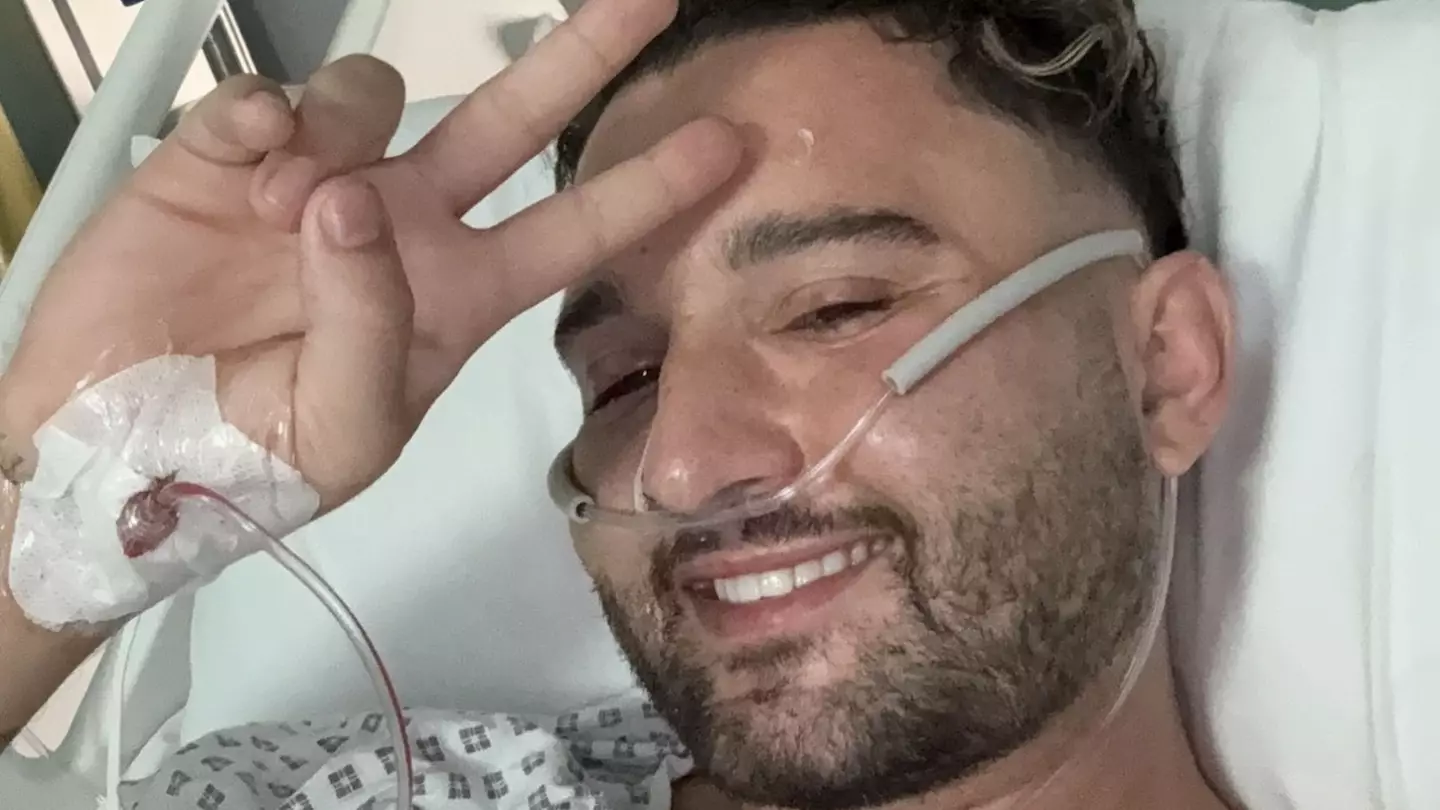
He was left needing the toilet every 15 minutes

The signal came from a supernova which exploded when the universe was only 730 million years old
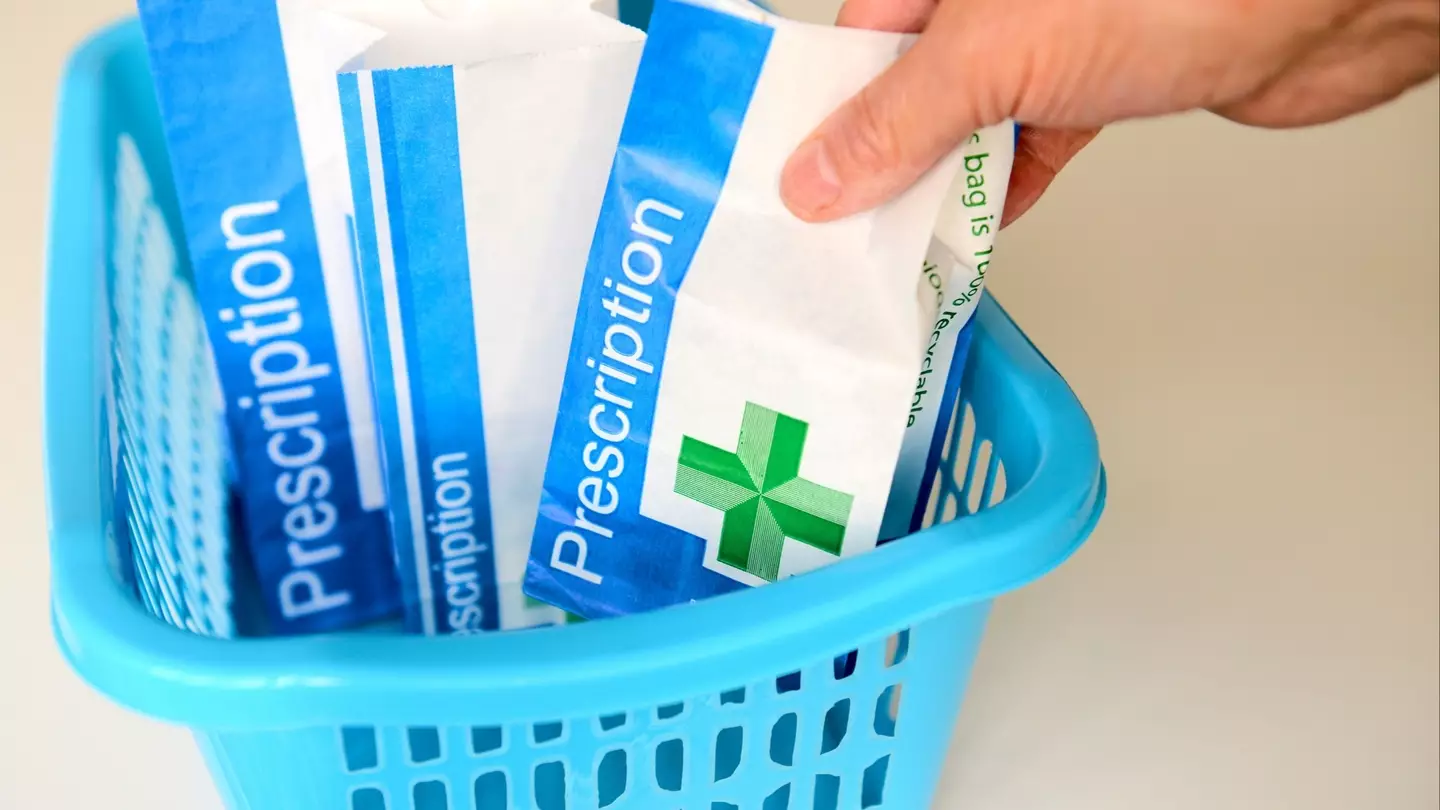
They had a look at it and decided there needed to be a stronger warning
.jpg)
The trials of the stronger Wegovy dose found weight losses of up to 25 percent
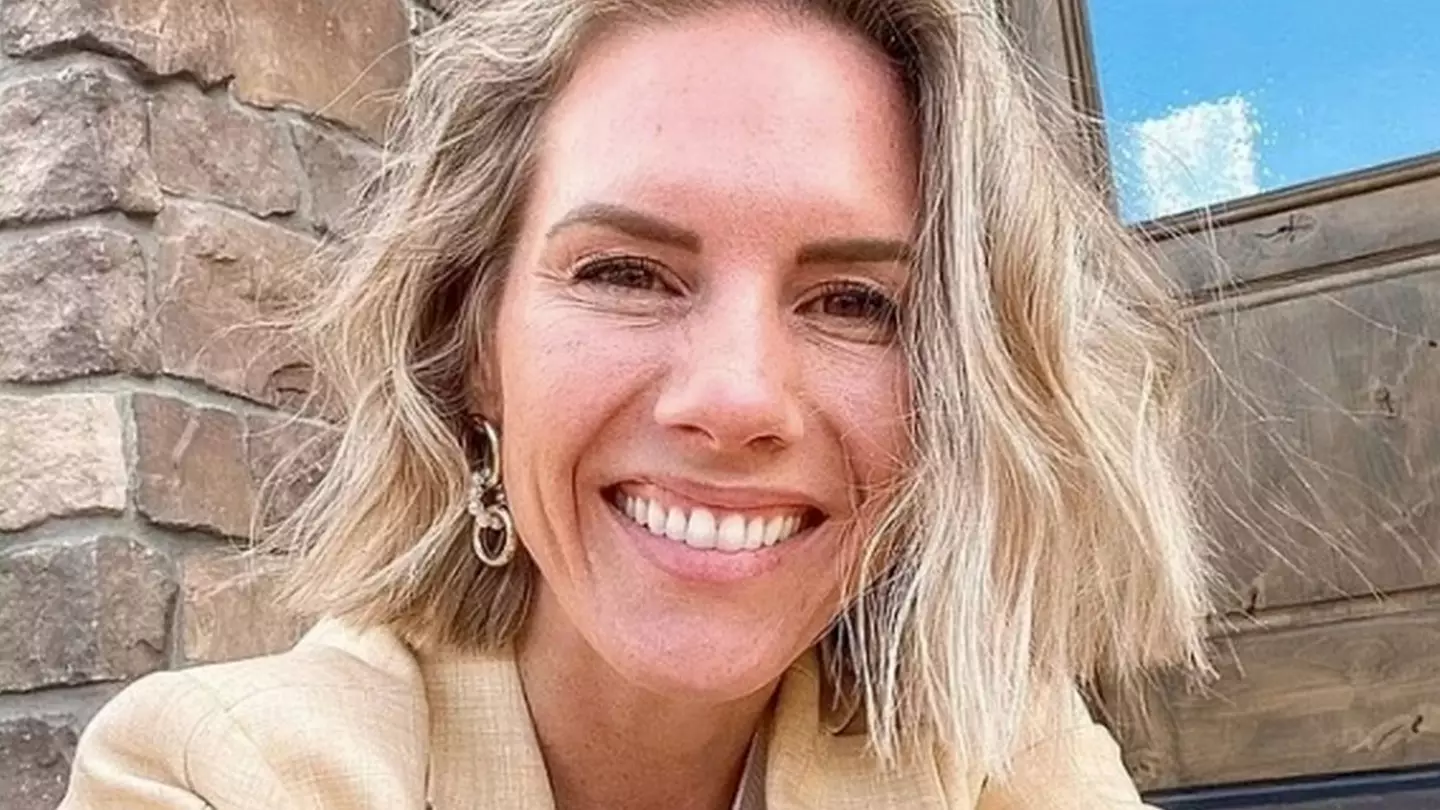
Evil Influencer: The Jodi Hildebrandt Story includes harrowing footage of the moment Franke's son finally escaped and raised the alarm
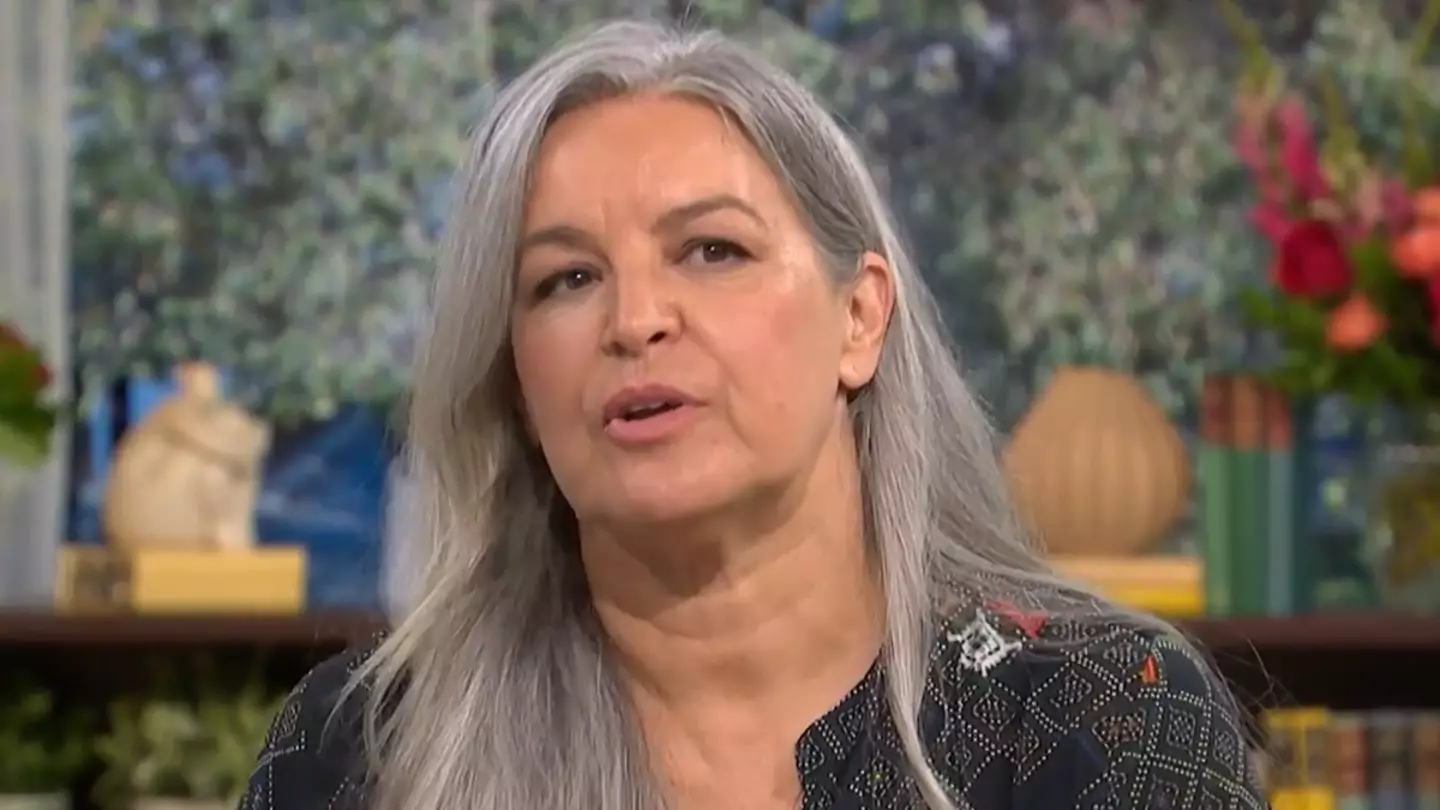
A leading dementia expert appeared on This Morning, where she shared three lifestyle changes to help prevent against 45 percent of dementia

Renee Good was fatally shot by an Immigration and Customs Enforcement (ICE) officer on Wednesday

The late mum could be heard speaking to an ICE agent moments before the fatal shooting

Because, let’s face it, the first month of the year can feel like a bit of a slog, especially with your bank balance still recovering.
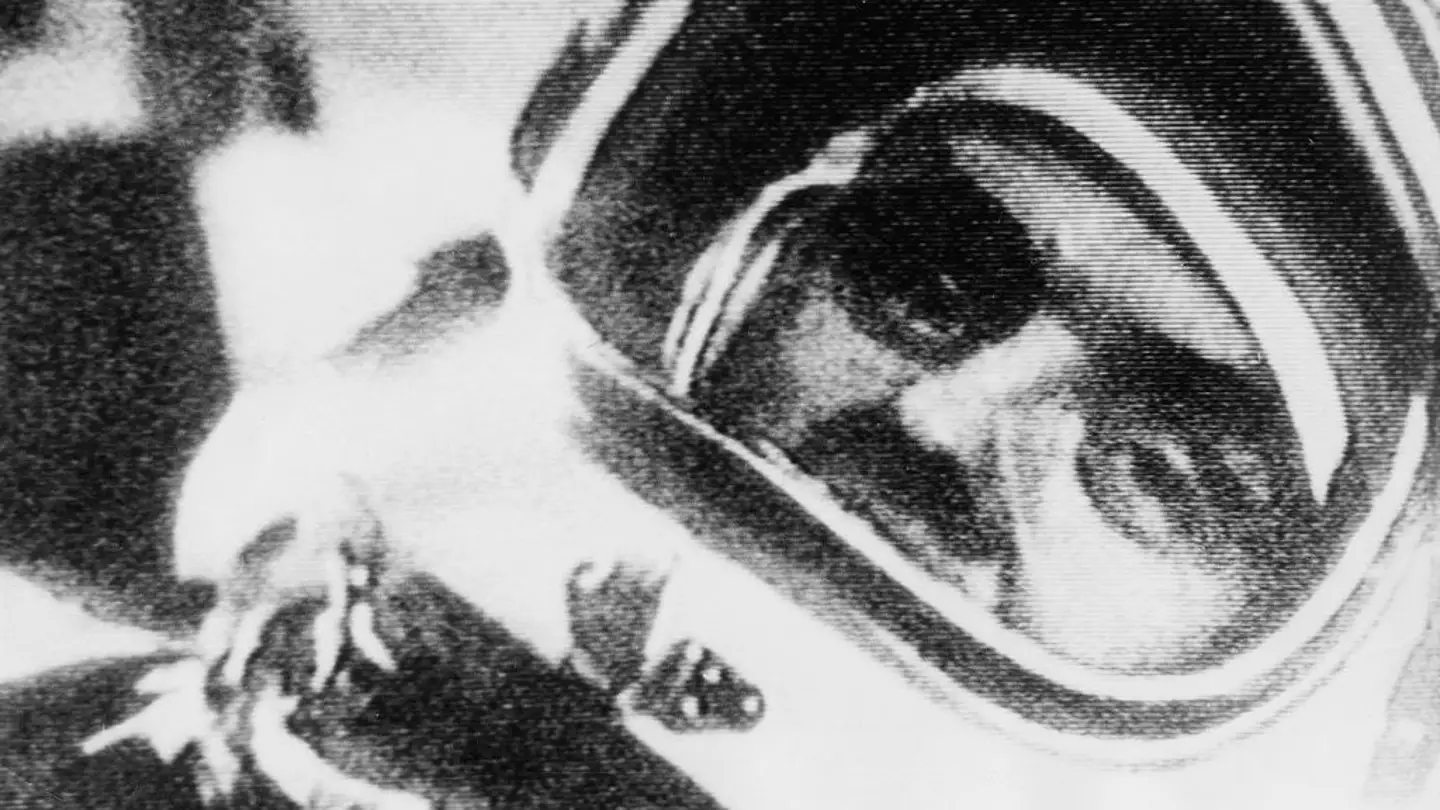
Vladimir Komarov was the man who fell from space
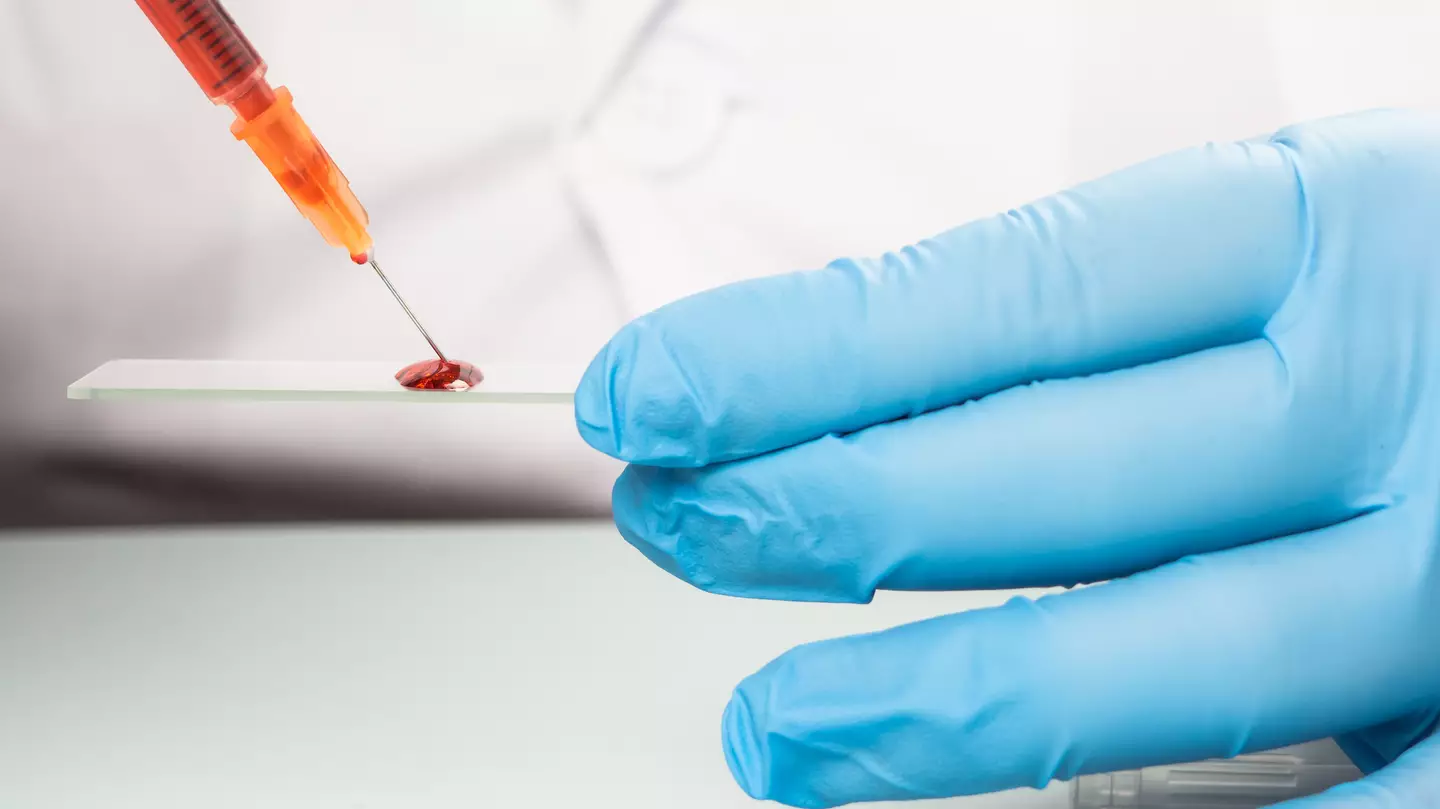
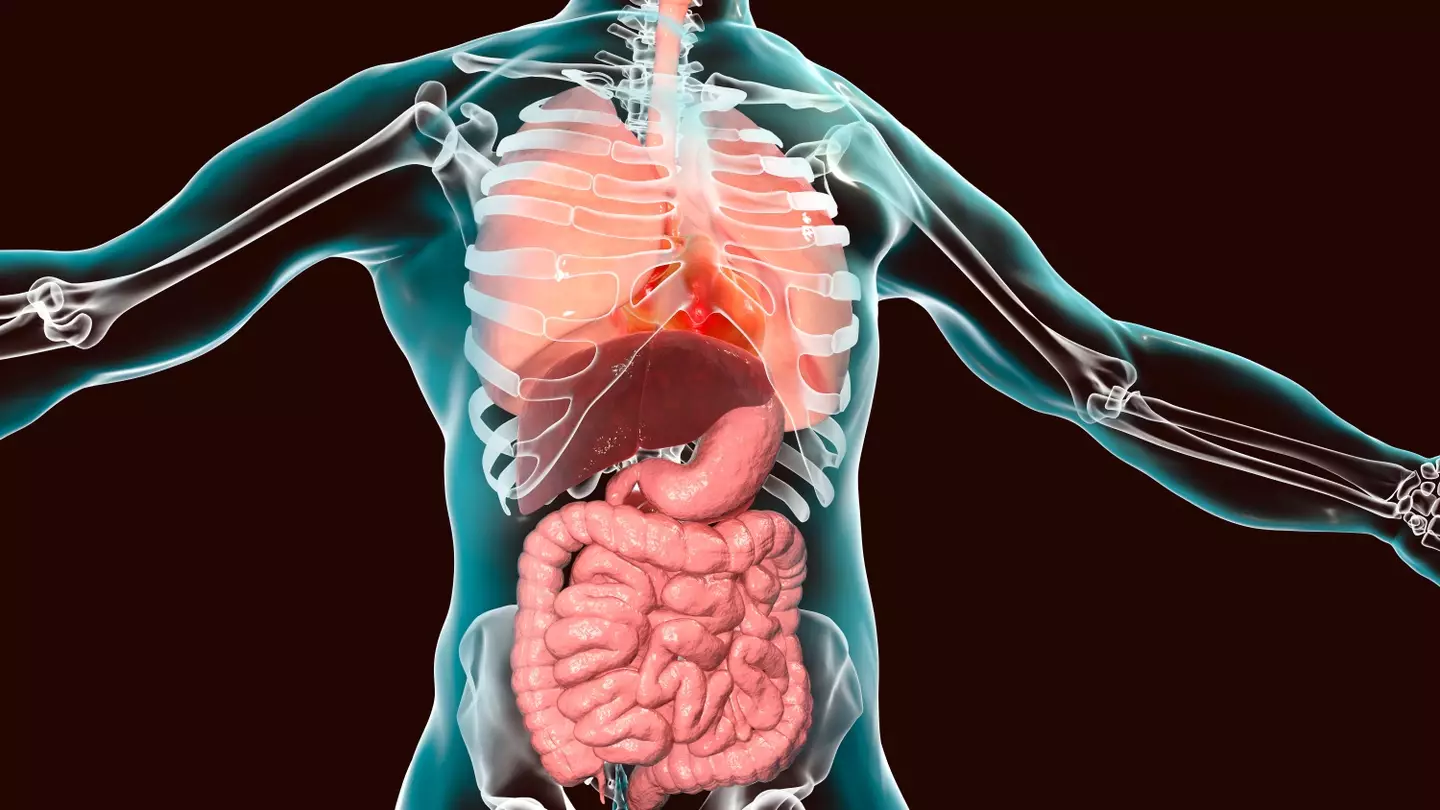
25 body brokering companies were identified in the US in 2017

There's a bit of information many of us may have missed

She's got the big brain but not the moustache

SpaceX and NASA will return Crew-11 to Earth this week after one of the astronauts suffered a medical episode
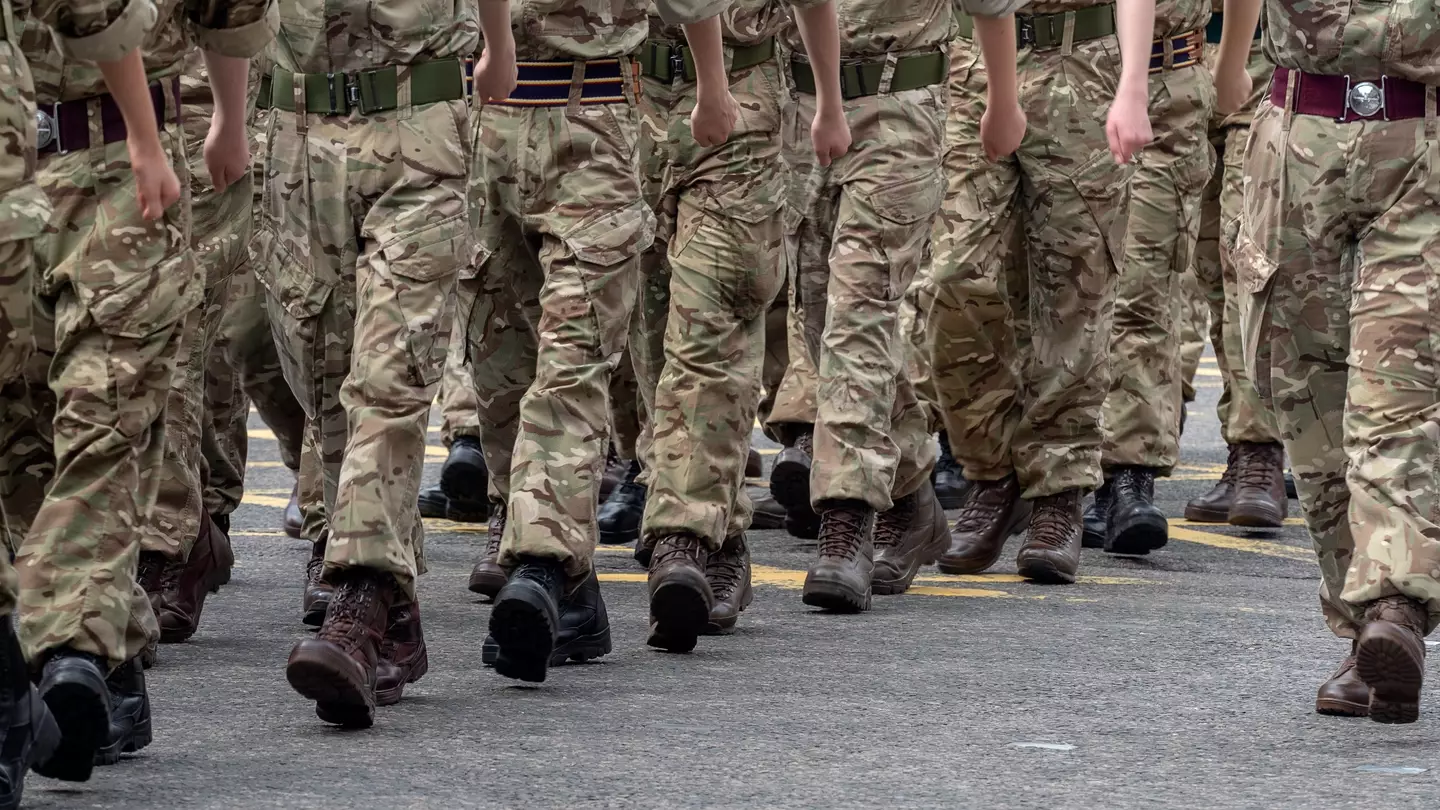
Conscripts could be offered major incentives

Unarmed mother-of-three Renee Nicole Good, 37, was fatally shot by Jonathan Ross last week

Adrian Shine, 76, has spent more than five decades chasing the mythical creature

Certain groups are more likely to be called up to help the military if required

It's the battle of the influencers and porn stars, it seems...
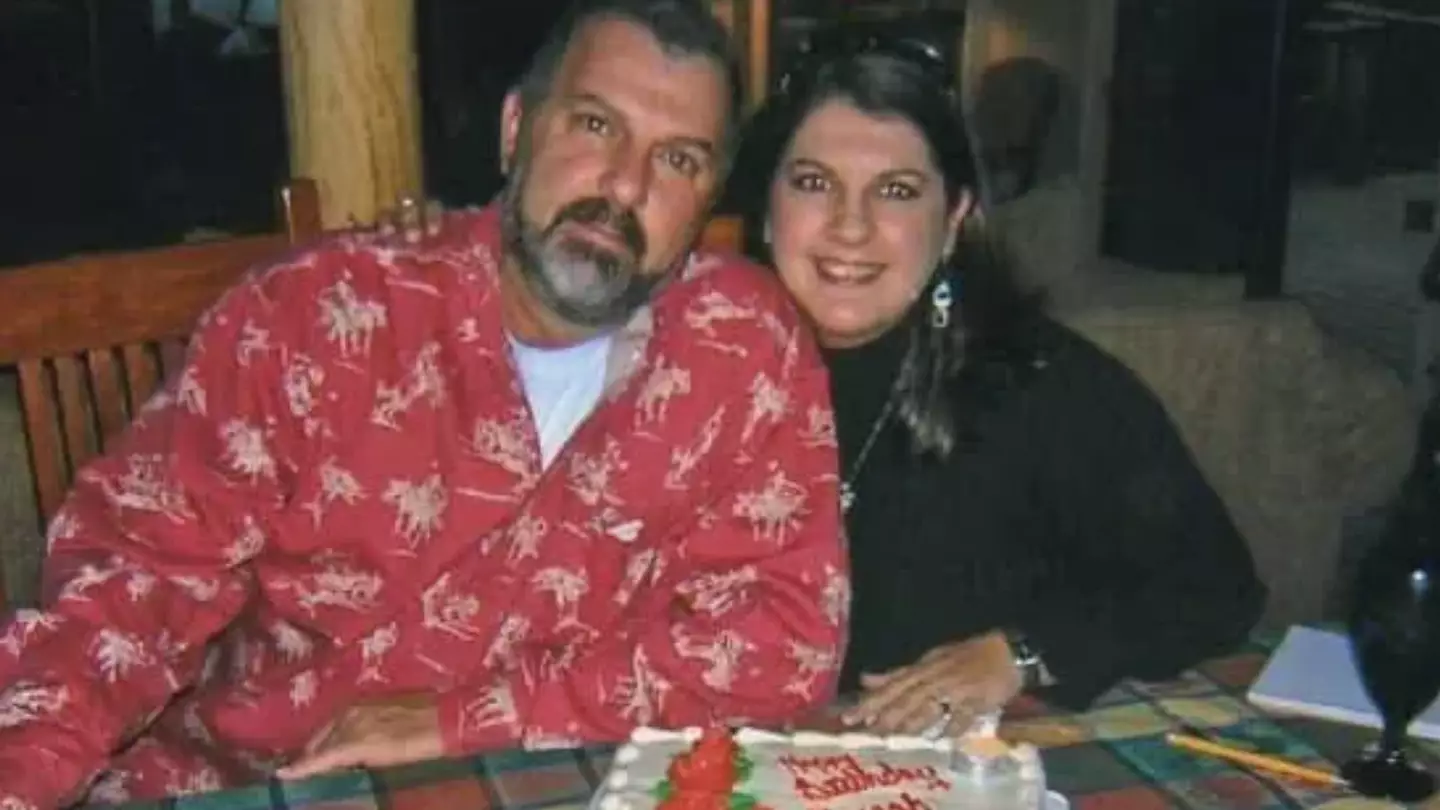
Farrah Fasold's dad was asked if he would donate his body to science
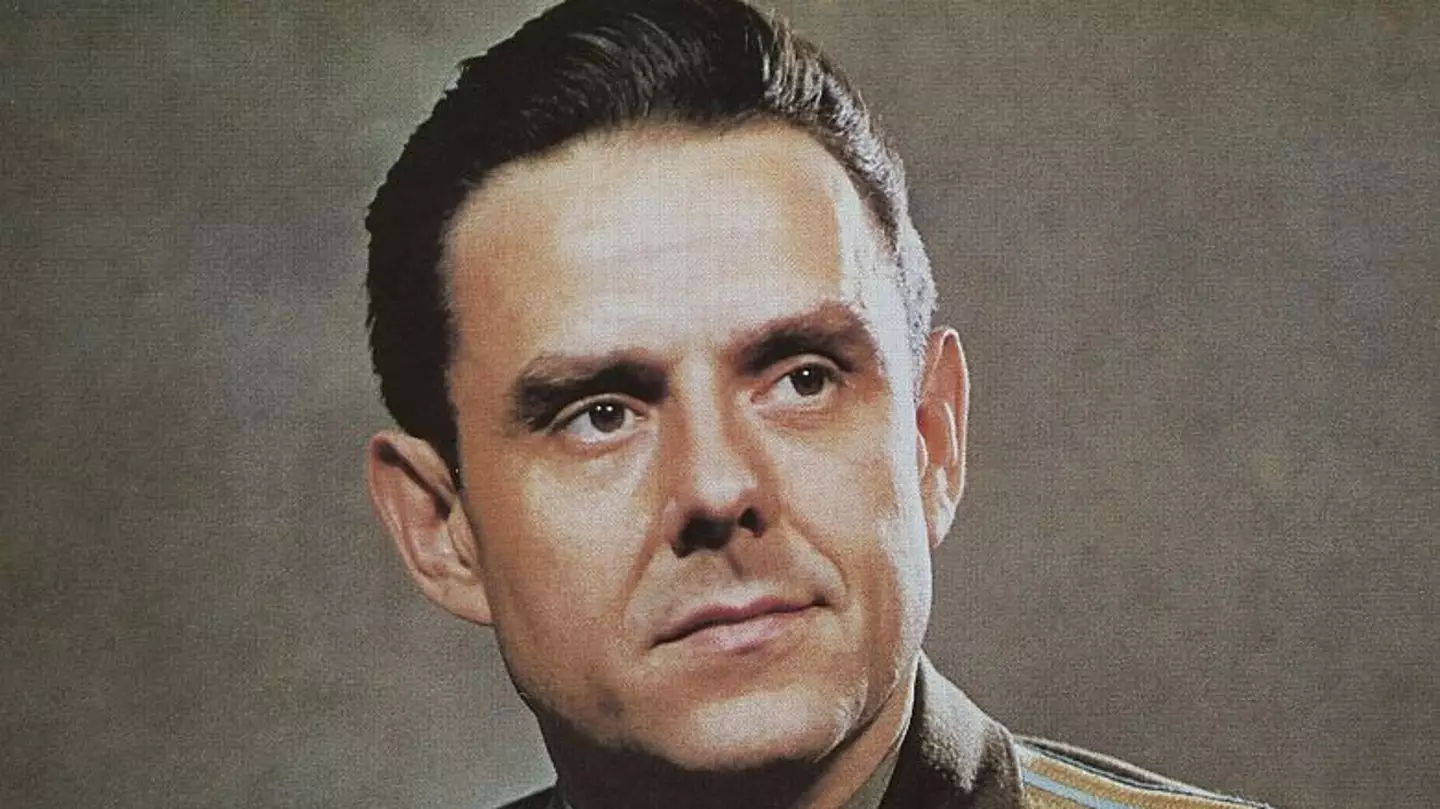
Vladimir Komarov set off on the doomed spaceflight in April 1967




